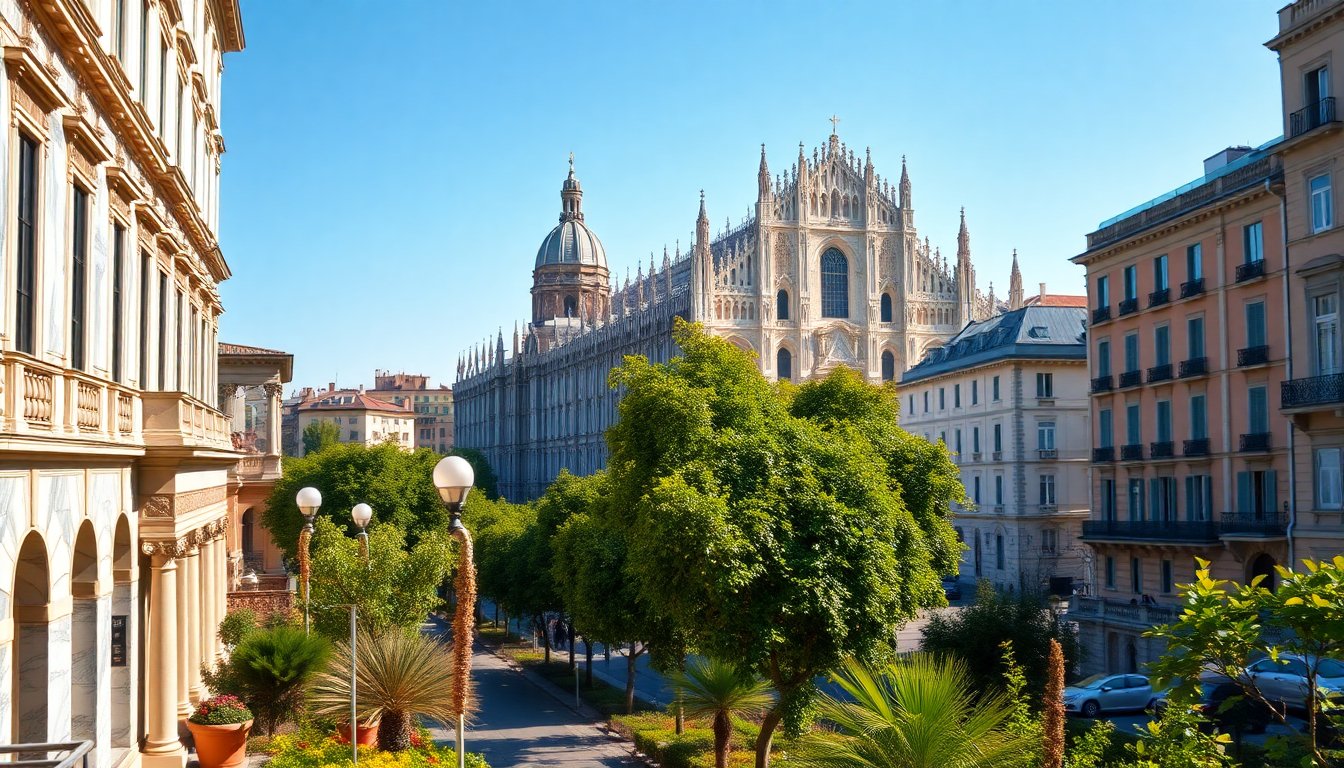Table of Contents
With two decades of experience in Milan’s luxury real estate sector, I can assert that understanding market nuances is crucial for buyers and investors alike. The mantra ‘location, location, location’ rings true now more than ever, particularly in a city known for its rich culture, vibrant lifestyle, and economic dynamism. In this article, we will explore the current state of the Milan real estate market, examining key data, noteworthy neighborhoods, price trends, and practical advice for prospective investors.
Market Overview and Key Data
The Italian real estate market has demonstrated resilience amid economic fluctuations, with Milan remaining a focal point for luxury investments. According to recent data from OMI and Nomisma, the demand for high-end properties has surged, driven by both domestic and international buyers. The total number of transactions in Milan has increased year-over-year, indicating a robust recovery following previous economic downturns.
Specific metrics reveal that luxury properties, particularly in prime districts such as Brera, Montenapoleone, and the Duomo area, are witnessing significant appreciation. For instance, the average price per square meter in these coveted locations has increased by approximately 8% compared to last year. Moreover, the overall cap rate for luxury properties remains attractive, hovering around 4.5%, making it an appealing sector for investors seeking stable cash flow.
Neighborhood Analysis and Investment Opportunities
When considering investments in Milan, it is essential to focus on neighborhoods that demonstrate growth potential. Areas like Porta Romana and Isola have gained popularity due to ongoing urban development and improved infrastructure, attracting a younger demographic and tech-savvy professionals. These neighborhoods not only offer aesthetic appeal but also foster a vibrant community atmosphere.
Furthermore, emerging luxury developments in these regions present excellent opportunities for capital appreciation. Properties emphasizing sustainable living and innovative design are particularly sought after, aligning with current market preferences. Investors should monitor projects that promise to enhance the quality of life, as these are likely to attract higher demand and, consequently, better returns.
Price Trends and Future Forecasts
Examining property price trends reveals that the luxury segment is on an upward trajectory. The Milan real estate market is characterized by limited supply and high demand, particularly for properties with unique features and prime locations. Data suggests a continuation of this trend, with anticipated price growth projected at around 6-7% annually over the next few years.
As the city continues to position itself as a global hub for fashion, finance, and technology, the appeal of investing in Milan’s luxury real estate is likely to increase. Investors can expect ongoing interest from foreign buyers, particularly from countries like China, Russia, and the United States, further supporting the upward trend in property values.
Practical Advice for Buyers and Investors
For those considering entering the luxury real estate market in Milan, conducting thorough research and due diligence is imperative. Understanding local market dynamics, property types, and potential returns on investment is essential. Collaborating with a knowledgeable real estate agent who specializes in luxury properties can provide invaluable insights and facilitate successful transactions.
Additionally, potential buyers should be prepared for competitive bidding scenarios, particularly in sought-after neighborhoods. Having a clear investment strategy and readiness to act quickly can make all the difference in securing a desirable property. Remember, in real estate, timing and location are crucial; seizing opportunities as they arise can lead to fruitful investments.
In conclusion, the luxury real estate market in Milan presents exciting opportunities for buyers and investors alike. By staying informed about market trends, focusing on prime neighborhoods, and being proactive in decision-making, one can effectively navigate this dynamic landscape and capitalize on the potential for growth.


